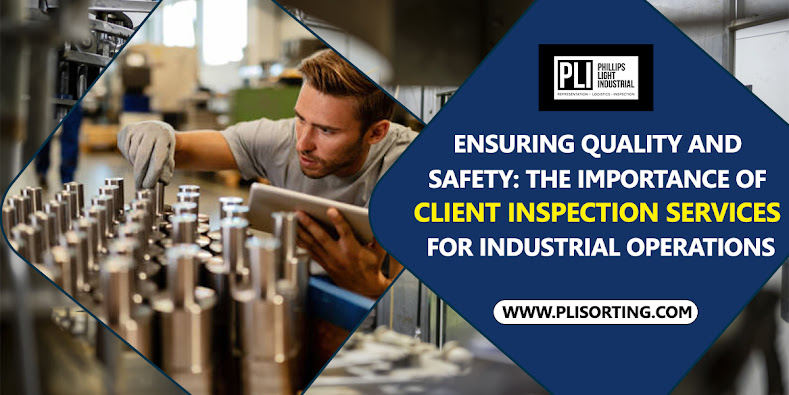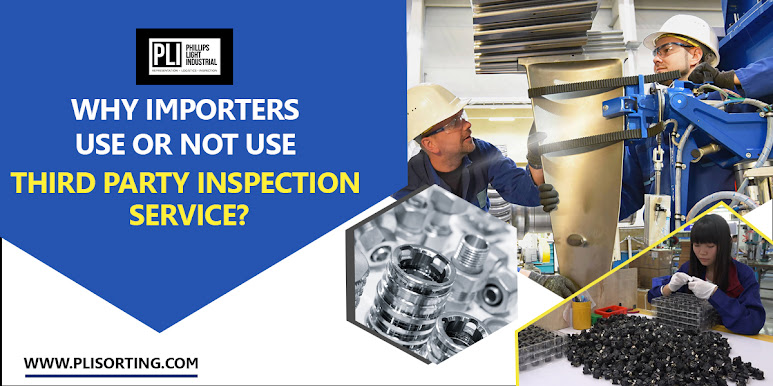3 Ways to Improve Quality in Your Supply Chain
The supply chain inspection Cleveland of today is intricate, frequently involving numerous suppliers and sub suppliers in different nations. Managing your relationships correctly is crucial to attaining the greatest results for your organisation because working with manufacturers in other countries can be difficult.
We'll look at the nuances of product quality and supplier relationships in this post. We'll also give you three of our best suggestions for enhancing the quality of your supply chain. With the aid of these techniques, you may improve the output of your manufacturing partners and benefit from the benefits that follow.
What Are The Risks Of Low-Quality Manufacturing In Your Supply Chain?
Selling goods that fall short of customer expectations can seriously harm your company. It could result in a flood of pricey returns, refunds, and negative reviews, endangering your business's brand name and long-term profitability.
Even businesses that offer products at extremely low prices must retain the degree of quality required to fill their market niche. If you wish to raise the calibre of your products all the way through your supply chain inspection, we advise the three methods below.
3 Tips For Boosting Quality In Your Supply Chain
1) Conduct Inspections at Different Stages of Manufacturing
Pre-shipment inspections are frequently carried out by businesses to find problems after production is complete and before they ship. However, inspecting early in the manufacturing cycle might be advantageous as it enables you to spot and address quality concerns before they worsen and affect your shipment dates.
As an illustration, you can perform a Pre-Production Inspection to verify that the arriving raw materials adhere to your criteria. You can fix any urgent issues found during the inspection before the goods are produced.
Once at least 20% of your goods have been created and while units are still leaving the production line, you can also carry out DUPRO inspections.
2) Implement Traceability Measures
Transparency throughout the supply chain is advantageous because it makes sure that, in the event that something goes wrong, you have the knowledge necessary to address and resolve the issue at its core.
Implementing product tracking and tracing procedures along the whole supply chain, or "traceability," enables you to:
- Ensure that all laws are followed
- Establish quality control
- Fewer chances of product recall
- The control of customer connections
- Find and fix inefficiencies.
Batch and component-level labels offer lifelong traceability and save you a tonne of hassles when it comes to tracking quality throughout a supply chain. If product returns indicate a significant error, for example, batch marking and component tracing enable you to swiftly remove only the problematic batch and identify the cause of the issue.
3) Develop A Supplier Audit Program
Another strategy to maintain product quality is to conduct supplier audits on a regular basis. You must ensure that the processes and procedures of your supplier meet and continue to meet your expectations.
With the help of audits, you can regularly monitor the production-related factories and receive official results that you can utilize to gradually enhance your manufacturing processes.
They could assist you in achieving objectives like:
- Knowing the actual capacity and capabilities of a supplier
- evaluating a manufacturer's quality control system
- ensuring that no child or forced labour is employed in your factory
PLI Sorting conducts product inspections and quality audits to assist consumer product importers in raising the calibre of their supply chain. We provide the resources you require to obtain the product quality you desire.
Also, read about Benefits of Quality Control Inspection Services
Resource URL:- https://bit.ly/3GEXHww




Comments
Post a Comment